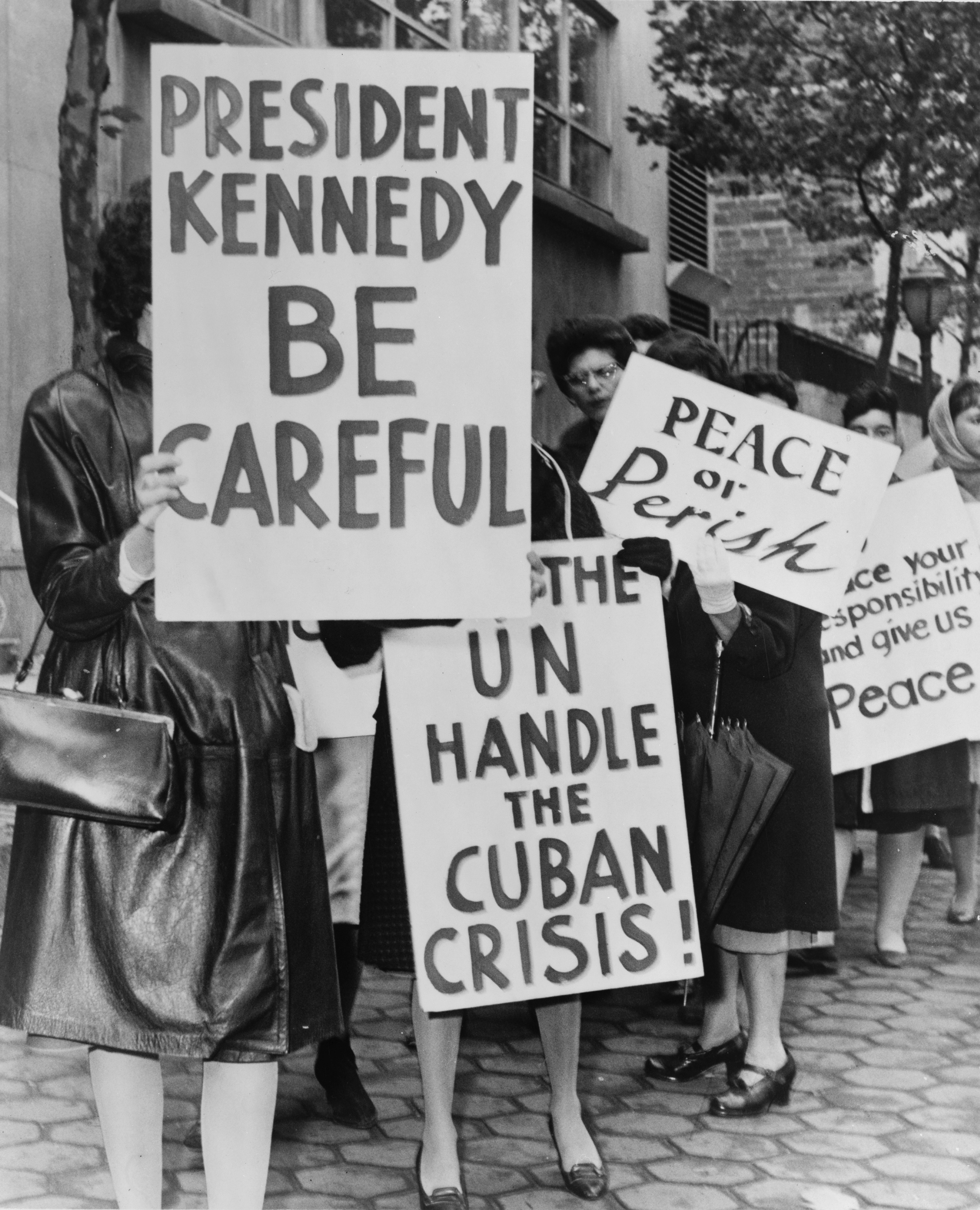By Anonymous
“Mia bella,” you said. “I love you.”
It made me uneasy. When you told me to say it back, I was afraid. When you told me not to tell, I was terrified. If I said five years later I’m not scared anymore, I would be lying. I’m suspicious of any man who’s not significantly younger than I am.
For five years now, plus one day, you’ve overtaken me. You’ve bitten my nails and gritted my teeth and carved deep into my skin.

You taught me that love was controlling. Love was fear and anxiety and depression. It was giving in and giving up. It was lying and fake smiles and falling grades. Love was hating myself. It was falling asleep on the bathroom floor. It was shamefully leaving every meal to bow down to the toilet bowl and watch the numbers on the scale go up and down.
You taught me that keeping secrets was better than walking into school to get shoved into lockers and called a slut and a whore and a home-wrecker. Keeping secrets was better than getting dumped. Keeping secrets was better than watching myself become a news story.
Keeping secrets was better than being blamed for my stupidity. Keeping secrets was better than watching my dad cry.
You taught me what a sociopath was. You taught me how a predator’s eyes shine with insatiable hunger.
You taught me a lot of things that I didn’t know yet.
But you also taught me empathy.
You taught me how to see past another person’s defenses because I had built up so many of my own. Fighting back was not an option, at least not a good one. You taught me that it is better to meet insults with kind words, anger with happiness, and stubbornness with patience.
Working myself up to bring someone else down isn’t worth it.
You taught me to see fear behind bright eyes. But you also taught me to see light and naivety behind dark suspicion.
Most importantly, you taught me to teach myself.
I’ve learned how to be the bigger, better person. I’ve learned how to cry and not feel ashamed. I’ve learned that I’m not fighting this battle alone; I’m striving for a world without fight.
I’ve learned that wounds heal, and while scars don’t disappear, they certainly fade and there comes a time when they’re no longer a reminder of the past, but of the future I chose to have.
I’ve learned to stand up for myself. I’ve learned to be myself.
I’ve learned that you taught me the wrong meaning of “I love you.” He’s kind, and caring, and sees beyond the countless walls I’ve built up. He knows my past and who I am. He taught me the meaning of “I love you,” and it is not full of shame and secrets.
I’ve learned to open up. It’s not so bad to put myself out there sometimes. As horribly cliché as it is, every time the sun sets it promises to rise again in the morning. Darkness doesn’t last forever. I’ve learned that.
Life should not be a power struggle, but it often is. The thing is though, I have to have power over myself. My life is not about you, it’s about me. Growing up isn’t easy on the calendar’s time. It’s even harder when forced to grow up faster. Even then…maturity isn’t such a bad thing. Sometimes bad things aren’t always bad things. They’re opportunities to grow and see the strength that was already there. You’ve given me opportunities not to fight the world, but to try and save it.



























.jpg)




